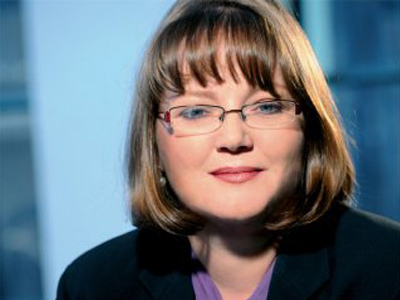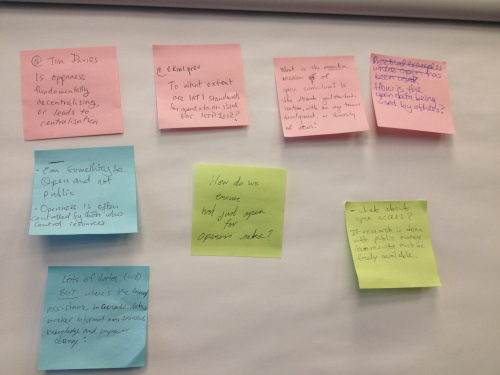USAID’s Educational Quality Improvement Program 3 (EQUIP3) has released a new digital toolkit that will empower local partners to successfully implement youth employability programs. The Youth ICT Employment Training & Placement Toolkit provides guidance and support to partner institutions in the design of these programs and presents profiles of jobs in three sectors — ICT, health, and agriculture — which were identified as growth industries with a high potential for employing youth in Africa.
EQUIP3, a program led by the Education Development Center (EDC), partnered with the International Youth Foundation (IYF) to assess the labor markets, consult with numerous stakeholders in Kenya and Rwanda, and identify viable youth livelihood opportunities in the three sectors. By gathering quantitative and qualitative information on the needs, interests, and capacities of employers, youth, and others, these assessments identified specific ICT-related occupations that offer significant entry-level employment or entrepreneurial opportunities for disadvantaged youth in the target countries.
The Kenya and Rwanda country assessments found numerous employment and entrepreneurial opportunities for youth who have basic to advanced ICT skills, such as in hardware maintenance and repair, network maintenance, multimedia production, and database management. Through these findings, the development team identified the agriculture and health sectors as those which ICT skills have the most potential. In the agricultural sector, for instance, youth can use ICT skills to increase the efficiency of farms, shops, and suppliers. In the health sector, opportunities for youth exist in supporting health management information systems, among other opportunities.
The toolkit can be accessed online, in PDF, or in printed form for those without access to the Internet. Each sector profile provides program managers with detailed information on how to establish training programs that will impart to youth the skills required to secure formal employment or to start their own businesses.
Each profile includes:
- A brief job description
- The employment outlook
- The “big picture” training considerations (recommended training location, target beneficiaries, average length of course, maximum class size)
- Desired training outcomes
- Student prerequisites for training (e.g. English level, critical thinking skills, basic numeracy skills)
- Qualifications to look for in trainers
- Specific curriculum and resources
- The technology resources needed to provide training
- Optimal instructional methodologies
- Internship and job placement strategies
- Additional resources, including links to online resources
The development team worked with NGOs and the government in each country to identify the needs of out-of-school youth, investigate job opportunities in the private sector, and identify pre-existing training materials. The research and consideration for country context that has gone into the design of the toolkit has made it a promising resource in providing youth with the skills necessary to participate in the emerging job market of technology-based positions. Moreover, the development team designed the toolkit to be able to evolve with the emergence of new open source resources and different ICT-related employment opportunities within the three sectors’ value chains to enhance the curriculum and ensure the project’s sustainability.
And this is just the beginning — consider it the 1.0 version of this training resource. The development team is looking to expand the toolkit to encompass other sectors and are already investigating examples of ICT usage in Senegal, Kenya, and Rwanda.
























































